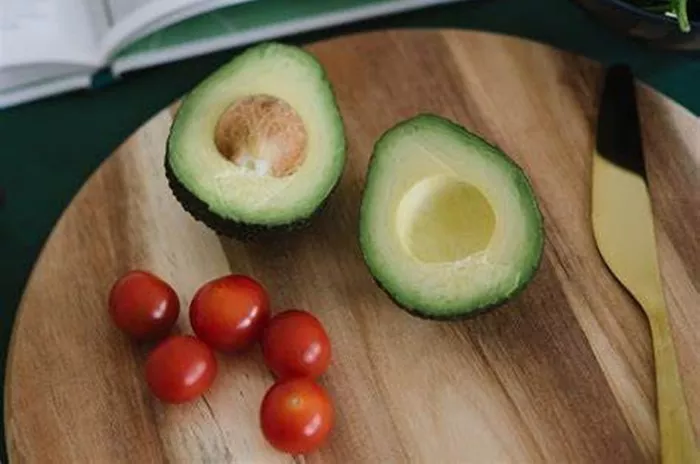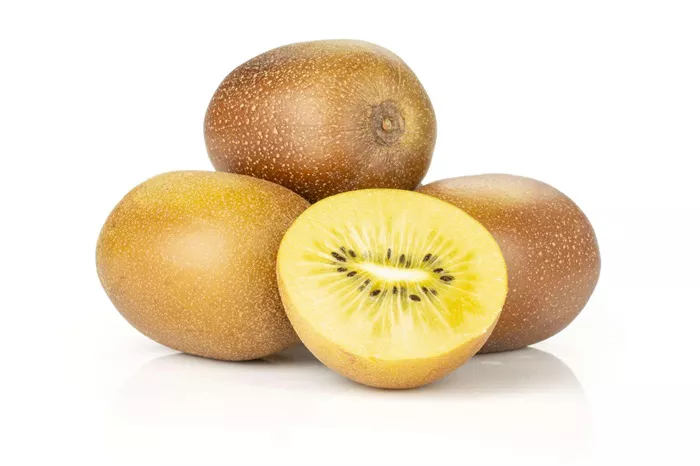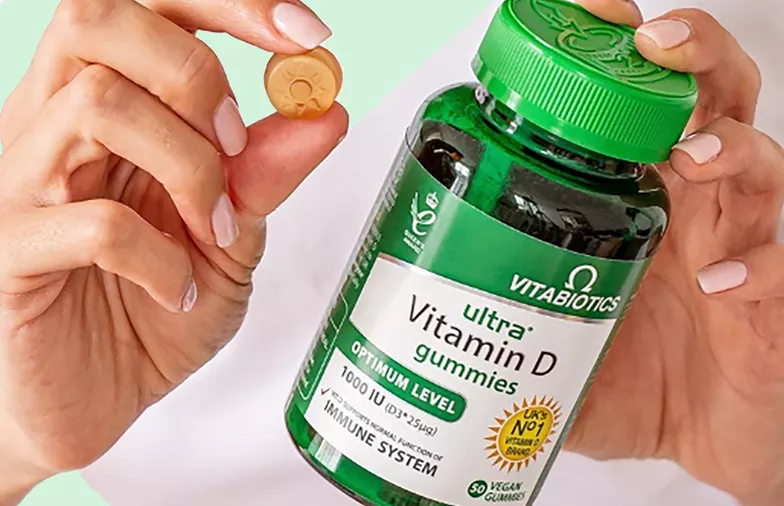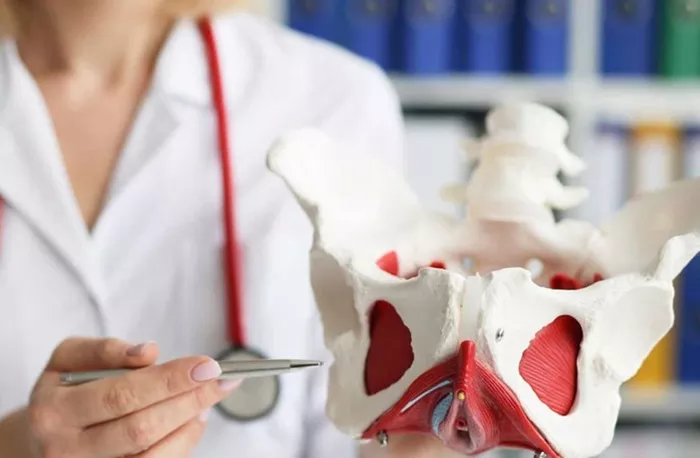Vitamin D, often referred to as the “sunshine vitamin,” plays a pivotal role in our overall health and well-being. While our skin can synthesize vitamin D when exposed to sunlight, many of us may not receive enough sunlight due to various factors like climate, lifestyle, or sunscreen use. As a result, understanding which foods are rich in vitamin D and how to maintain optimal levels becomes crucial. In this comprehensive guide, we delve into the sources of this essential nutrient, its role in our bodies, and strategies for ensuring you get enough vitamin D.
The Importance of Vitamin D
Before delving into dietary sources, it’s essential to grasp the significance of vitamin D. This fat-soluble vitamin acts more like a hormone in the body, influencing various functions. Here are some key roles it plays:
1. Bone Health
Calcium Absorption: Vitamin D aids in the absorption of calcium, which is essential for strong and healthy bones.
SEE ALSO: Top 3 Essential Vitamins for Optimal Bone Health
2. Immune Function
Immune Support: Adequate vitamin D levels are associated with a robust immune system, helping the body fight infections and illnesses.
SEE ALSO: 5 Vitamins that Bolster Your Immune System
3. Mood and Mental Health
Mood Regulation: There’s evidence that vitamin D may play a role in mood regulation and mental well-being.
4. Cardiovascular Health
Heart Health: Some research suggests that vitamin D may support cardiovascular health and reduce the risk of heart disease.
5. Cancer Prevention
Cancer Risk Reduction: Although ongoing research, some studies have explored the potential link between vitamin D and a lower risk of certain cancers.
SEE ALSO: Do Vitamins Really Help? Everything You Want to Know
The Sources of Vitamin D
The main sources of vitamin D are as follows:
1. Sunlight
Natural Synthesis: Our skin produces vitamin D when exposed to ultraviolet B (UVB) sunlight. Approximately 10-30 minutes of sun exposure a few times a week on your face, arms, and hands can provide a significant amount of vitamin D.
2. Dietary Sources
Fatty Fish: Fatty fish like salmon, mackerel, trout, and sardines are excellent sources of vitamin D. A 3.5-ounce (100-gram) serving of cooked salmon can provide around 570 IU (International Units) of vitamin D, or more.
Cod Liver Oil: A single tablespoon of cod liver oil can contain a whopping 1,360 IU of vitamin D. However, it’s important to use cod liver oil in moderation due to its high vitamin A content.
Mushrooms: Some varieties of mushrooms, like shiitake and maitake, can provide vitamin D when exposed to ultraviolet (UV) light during growth or processing.
Fortified Foods: Many foods are fortified with vitamin D, especially in countries with limited sunlight exposure. Here are some common fortified foods with vitamin D:
Milk: Vitamin D fortification of milk has been widespread for decades. It is one of the most common sources of vitamin D in the diet, particularly in regions with limited sunlight exposure.
Orange Juice: Many brands of orange juice are fortified with vitamin D, providing a convenient option for individuals who may not consume dairy products.
Breakfast Cereals: Numerous breakfast cereals, including both traditional and plant-based options, are fortified with vitamin D to enhance their nutritional value.
Plant-Based Milk Alternatives: Soy milk, almond milk, and other plant-based milk alternatives often contain added vitamin D, making them suitable choices for those following a vegan or lactose-free diet.
Yogurt: Some yogurt brands may also be fortified with vitamin D, contributing to daily intake.
SEE ALSO: Fruits and Vitamin D: Exploring Essential Sources of a Vital Nutrient
3. Supplements
If it’s challenging to obtain enough vitamin D through sunlight and diet, supplements are a viable option. Vitamin D supplements come in various forms, including vitamin D2 (ergocalciferol) and vitamin D3 (cholecalciferol). D3 is usually recommended as it’s more effective at raising blood levels.
Factors Affecting Vitamin D Absorption
Several factors can impact how well your body absorbs and utilizes vitamin D:
1. Skin Color
Melanin Content: People with darker skin have more melanin, which can reduce the skin’s ability to produce vitamin D from sunlight.
2. Age
Age-Related Changes: As we age, our skin becomes less efficient at synthesizing vitamin D, making it more critical to obtain sufficient dietary or supplemental sources.
3. Geographic Location
Latitude: Living at a higher latitude with less direct sunlight exposure can lead to lower vitamin D levels.
4. Season
Seasonal Variation: Sunlight exposure tends to be lower in winter months, impacting vitamin D synthesis.
5. Sunscreen Use
Sunscreen: While essential for skin protection, using sunscreen with a high sun protection factor (SPF) can inhibit vitamin D synthesis.
6. Obesity
Fat Tissue: Vitamin D is fat-soluble, so it can be sequestered in fat tissue, reducing its availability for use by the body. This can be a concern for individuals with obesity.
7. Gastrointestinal Conditions
Malabsorption: Conditions that affect the gut, like celiac disease or Crohn’s disease, can reduce vitamin D absorption.
Ensuring Adequate Vitamin D Intake
There are several approaches to ensure vitamin D intake:
1. Dietary Choices
Incorporate Fatty Fish: Include fatty fish like salmon, mackerel, or sardines in your diet regularly. Grilled salmon, for example, can be a delicious and nutritious addition to your meals.
Fortified Foods: Consume fortified foods such as milk, orange juice, and cereals. Check the labels for the vitamin D content.
Mushrooms: Incorporate UV-exposed mushrooms into your diet. They can be used in salads, stir-fries, or as toppings on various dishes.
2. Supplements
Consult a Healthcare Provider: If you have difficulty obtaining enough vitamin D through sunlight and diet or have specific health concerns, consult a healthcare provider who can recommend an appropriate vitamin D supplement regimen.
3. Sun Exposure
Balanced Sun Exposure: Aim for moderate sun exposure while taking precautions to protect your skin from UV damage. The optimal duration depends on factors like your location, skin type, and time of day.
4. Regular Check-ups
Blood Tests: Periodically have your vitamin D levels checked through a blood test. This will help you assess whether you’re receiving adequate vitamin D from your sources or if supplementation is necessary.
Delicious Recipes High in Vitamin D
Incorporating delicious recipes high in vitamin D into your diet can be a flavorful and nutritious way to ensure you’re meeting your vitamin D needs. Here are two tasty recipes that feature foods rich in vitamin D:
1. Grilled Salmon with Lemon-Dill Sauce
Ingredients:
- 4 salmon fillets (about 6 ounces each)
- 2 tablespoons olive oil
- 1 teaspoon garlic powder
- 1 teaspoon paprika
- Salt and black pepper to taste
For the Lemon-Dill Sauce:
- 1/2 cup Greek yogurt
- 2 tablespoons fresh lemon juice
- 1 tablespoon fresh dill, finely chopped
- 1 clove garlic, minced
- Salt and black pepper to taste
Instructions:
For the Salmon:
Preheat your grill to medium-high heat.
In a small bowl, mix the olive oil, garlic powder, paprika, salt, and black pepper.
Brush the salmon fillets with the olive oil mixture on both sides.
Grill the salmon for about 4-5 minutes per side, or until it flakes easily with a fork and has a nice grill mark.
For the Lemon-Dill Sauce:
In a separate bowl, whisk together the Greek yogurt, lemon juice, fresh dill, minced garlic, salt, and black pepper. Adjust the seasoning to taste.
Serve the grilled salmon with a generous dollop of lemon-dill sauce on top.
This dish not only provides you with the health benefits of vitamin D from the salmon but also offers the zesty and fresh flavors of the lemon-dill sauce.
2. Portobello Mushroom and Spinach Stuffed Omelette
Ingredients:
- 2 large eggs
- 2 large portobello mushrooms, diced
- 1 cup fresh spinach, chopped
- 1/4 cup diced onion
- 1/4 cup shredded cheddar cheese
- 1 tablespoon olive oil
- Salt and black pepper to taste
Instructions:
Heat olive oil in a non-stick skillet over medium heat.
Add diced mushrooms and onions to the skillet. Sauté until they become tender and lightly browned.
Stir in the chopped spinach and cook for another 1-2 minutes until wilted. Remove the vegetables from the skillet and set them aside.
In a bowl, beat the eggs until well mixed. Season with salt and black pepper.
Pour the beaten eggs into the same skillet (add a bit more olive oil if needed) and cook over medium heat.
As the omelette begins to set, sprinkle the sautéed mushroom, onion, and spinach mixture on one half of the omelette.
Sprinkle shredded cheddar cheese on top of the veggies.
Carefully fold the other half of the omelette over the filling.
Cook for an additional minute until the cheese is melted, and the omelette is cooked through.
Slide the stuffed omelette onto a plate, cut it in half, and serve.
Conclusion
Vitamin D is a vital nutrient with a wide range of health benefits. While sunlight is a natural source, it’s essential to diversify your dietary choices to ensure consistent intake, especially if sunlight exposure is limited. Whether through foods rich in vitamin D, fortified products, or supplements, maintaining appropriate vitamin D levels contributes to your overall well-being. Remember, maintaining a balance between sun safety and vitamin D synthesis is key to harnessing the power of the sunshine vitamin for your health.
[inline_related_posts title=”Related Topics” title_align=”left” style=”list” number=”3″ align=”none” ids=”1984,1958,1924″ by=”categories” orderby=”rand” order=”DESC” hide_thumb=”no” thumb_right=”no” views=”no” date=”yes” grid_columns=”1″ post_type=”” tax=””]



































